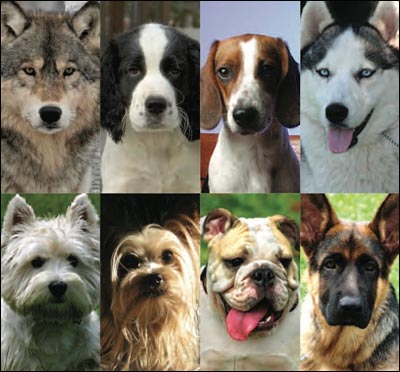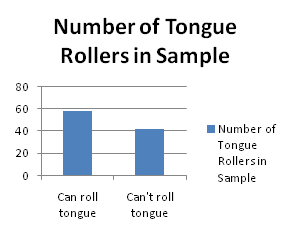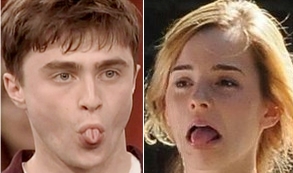Natural selection
Within a population of animals, plants or any living organisms, there will be inherited variations. Within each species the individuals with the variations best suited to the environment will survive better than the others. More of them will survive to reproduce than the others. When they do, they pass on the genetic information for these variations to their offspring.
Species gradually evolve in this way. This process is called natural selection.
Over time a population can change so much it may even become a new species, unable to reproduce successfully with individuals of the original species.
One good example is the peppered moth:

When newly industrialised parts of Britain became polluted in the nineteenth century, smoke killed lichens growing on trees and blackened their bark.
- Pale coloured moths which had been well camouflaged before when they rested on tree trunks became very conspicuous and were eaten by birds.
- Rare dark moths, which had been conspicuous before, were now well camouflaged in the black background.
- As birds switched from eating mainly dark moths to mainly pale moths, the most common moth colour changed from pale to dark.
- Natural selection had caused a change in the British moth population. The moths had evolved.

Another example is Natural Selection in Darwin's Finches:

- These birds, although nearly identical in all other ways to mainland finches, had different beaks.
- Their beaks had adapted to the type of food they ate in order to fill different niches on the Galapagos Islands.
- Their isolation on the islands over long periods of time made them undergo a genetic change as well as the physical change.

Artificial selection
Artificial selection is when people use selective breeding to produce new varieties of a species. A variety is a type of a particular species that is different in some clear way from other varieties of that species.
For example, pedigree dogs come in lots of different varieties, called breeds of dog. They may be different colours and sizes, but they are all still dogs. They are all still the same species. Different varieties of dog have been produced by selective breeding.

Selective breeding of cows
Suppose you wanted a variety of cow that produced a lot of milk. This is what you could do:
- choose or select the cows in your herd that produce the most milk
- let only these cows reproduce
- select the offspring that produce the most milk
- let only these offspring reproduce
- keep repeating the process of selection and breeding until you achieve your goal.
Our own Jamaican Scientists Dr. T.P. Lecky carried out such and experiment to create tow new breeds or variety of Jamaican cows. The Jamaica Hope bread as milk producers for our tropical climate and the Jamaica red which is our major beef producers.

Other examples of selective breeding
The key here is to identify the feature you want, and only breed from the individuals that have that feature. Here are some examples of what selective breeding can produce:
- hens that lay big eggs of a particular colour
- cattle that produce lots of meat
- tomato plants that produce lots of tomatoes
- crops that are resistant to certain plant diseases.




